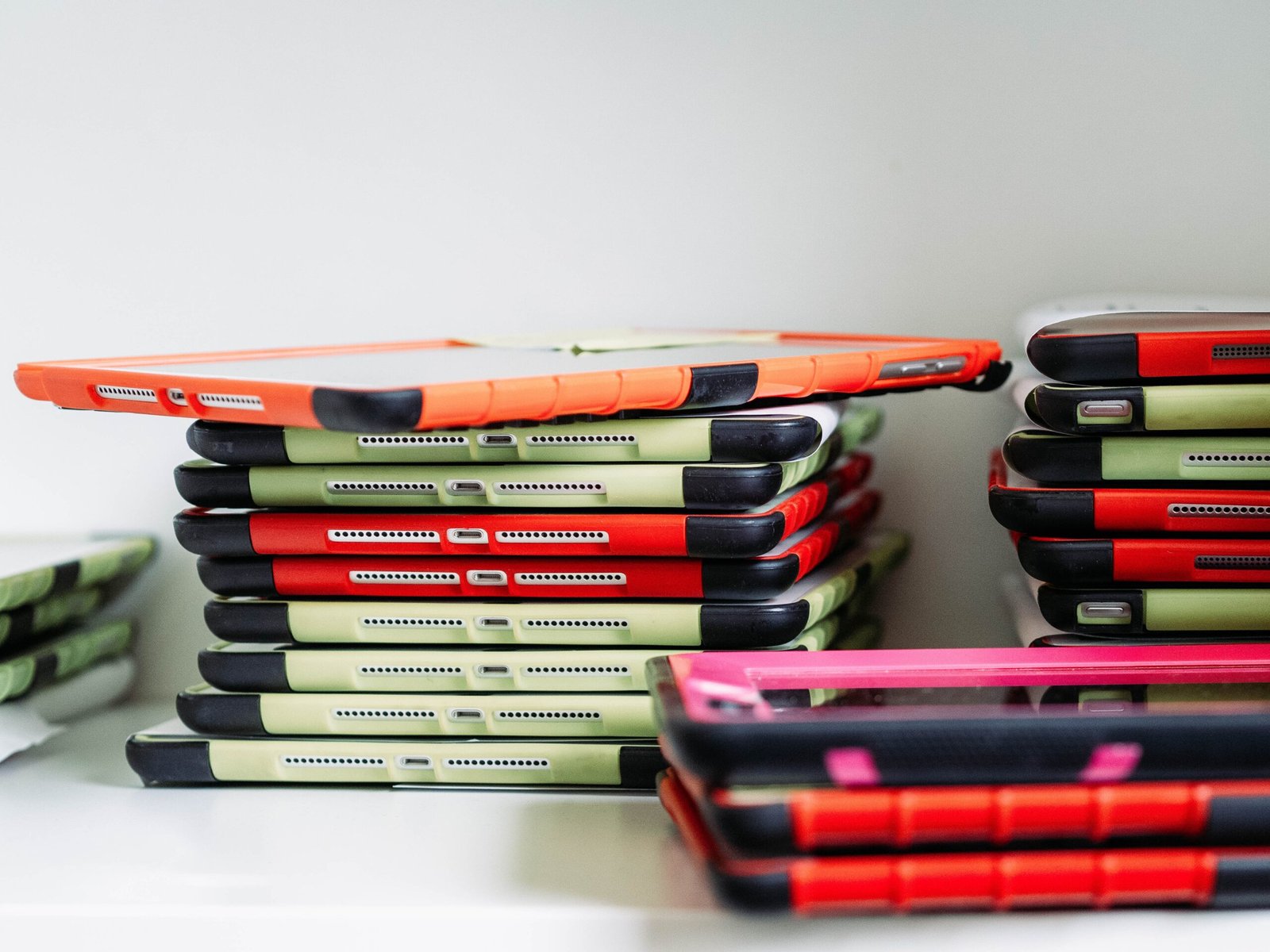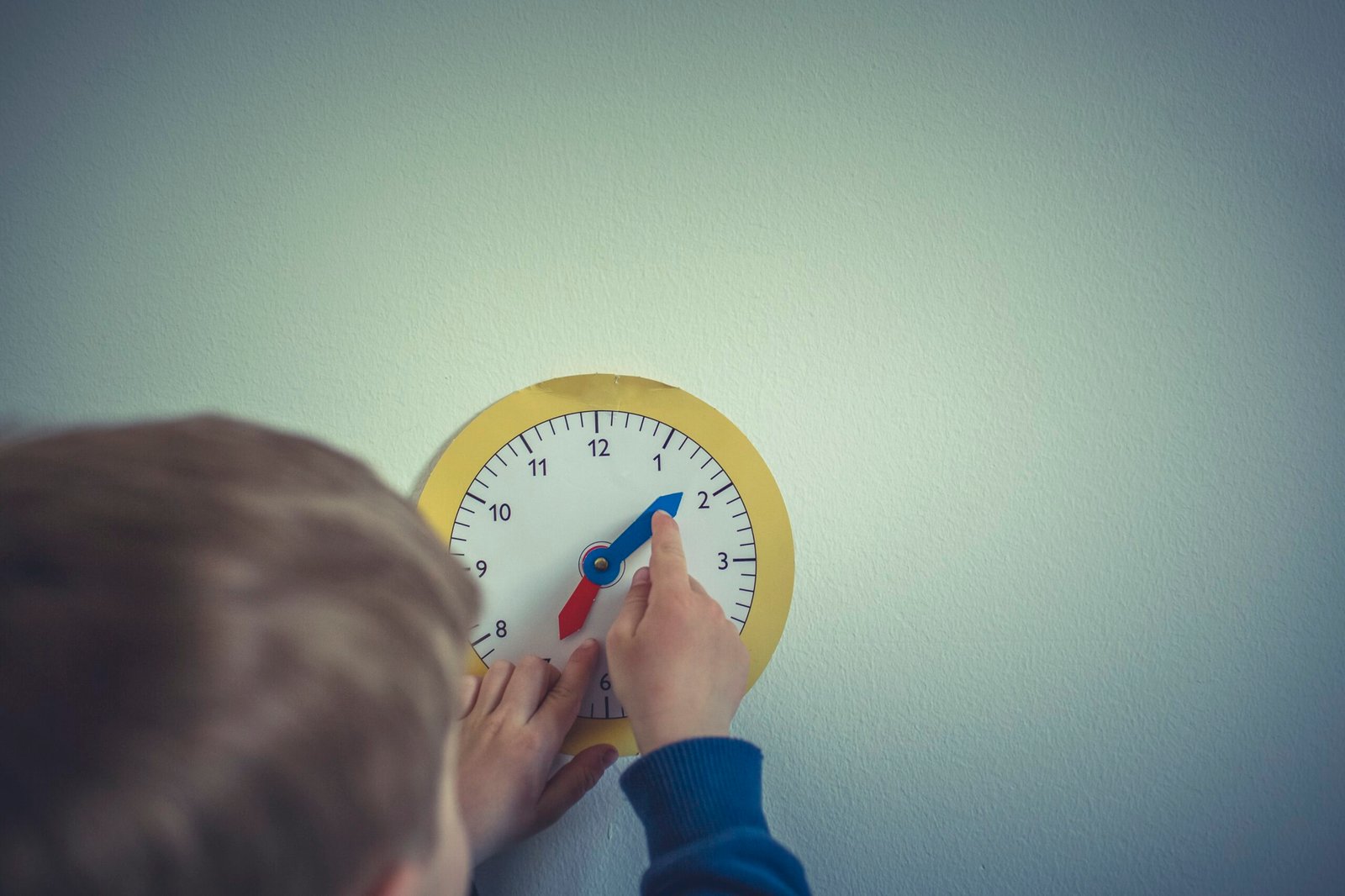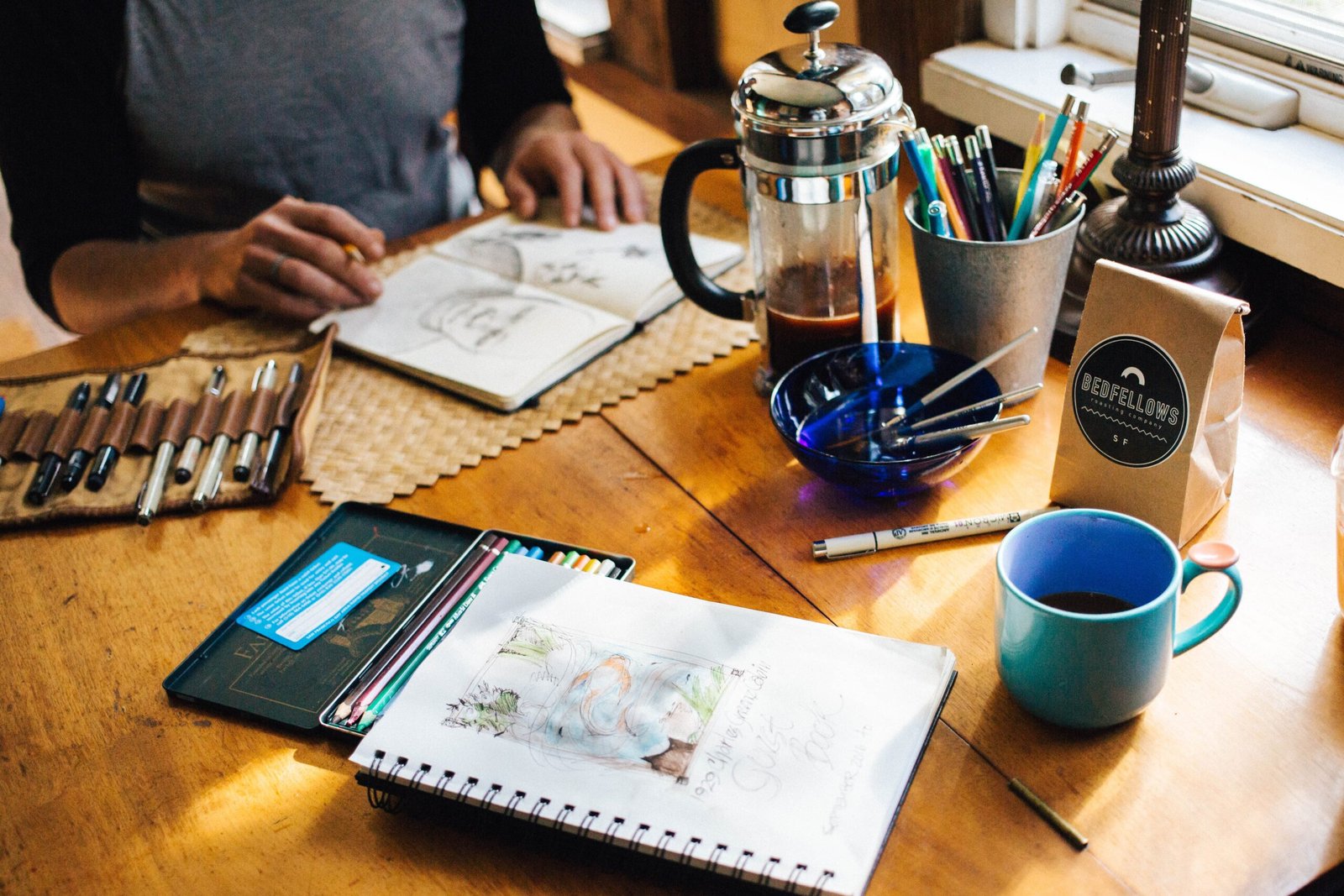Imagine a world where canvases are brought to life and brush strokes are guided by artificial intelligence. Fascinating, isn’t it? The question of whether AI can replace human artists has sparked a lively debate that delves deep into the realm of creativity and technological advancements. As we witness the rapid evolution of AI, it is only natural to wonder if machines can truly emulate the passion, imagination, and emotional depth that human artists bring to their work. In this thought-provoking exploration, we shall consider both sides of the argument and delve into the possibilities that lie ahead in this digital age.

This image is property of images.unsplash.com.
The Rise of AI in the Art World
Artificial intelligence (AI) has made its way into various industries, revolutionizing processes and pushing boundaries. In recent years, AI has also begun to make its mark in the art world. The emergence of AI in the creative industry has led to intriguing questions about the nature of art, the limits of AI, and the role of human artists.
The emergence of artificial intelligence in the creative industry
AI has infiltrated numerous sectors, from healthcare to finance, and now it is making waves in the creative industry as well. Artists and technologists have been collaborating to harness the power of AI to create original artworks. Using machine learning algorithms, AI is able to analyze vast amounts of data, learn artistic patterns, and generate new pieces of art.
AI’s ability to generate original artworks
One of the remarkable abilities of AI is its capacity to generate original artworks. Through deep learning and neural networks, AI algorithms can analyze existing pieces of art, recognizing patterns and styles. With this knowledge, AI can then create its own unique pieces of art, mimicking the styles of different artists or even exploring uncharted artistic territories.
The impact of AI art on the art market
AI art has caused ripples in the art market, challenging traditional notions of art and value. These AI-generated artworks have found their way into galleries, museums, and even auctions. Collectors and art enthusiasts are intrigued by the novel aesthetic experiences that AI art brings. The increasing recognition and demand for AI art have raised questions about the future of the art market and the role of human artists.
The Limitations of AI in Artistic Creation
While AI has shown impressive abilities in generating artworks, there are limitations to its creative capabilities. AI lacks the emotional intelligence that humans possess, which enables them to comprehend complex emotions and experiences.
The inability of AI to comprehend complex emotions and experiences
Art has always been a medium for humans to express their emotions and tell stories. AI, despite its sophistication, struggles to fully grasp the intricacies and nuances of human emotions. It cannot empathize or experience emotions the same way humans can. This limitation places constraints on the depth and authenticity of AI-generated art.
The role of human consciousness in art
Artistic creation involves the conscious mind and personal experiences of the artist. Human artists bring their unique perspectives, thoughts, and emotions into their work, offering a glimpse into their inner world. AI, on the other hand, lacks consciousness and the ability to have personal experiences, making it a fundamentally different creator from humans.
The importance of the human touch in creating art
Art is not just about the final product; it’s about the process and the human touch behind it. The imperfections, the brushstrokes, and the subtle details that result from human hands contribute to the depth and meaning of a piece of art. AI-generated art, while visually stunning, often lacks the organic and tactile qualities that human artists bring to their creations.
Advantages of AI Art
Despite its limitations, AI art offers several advantages that have the potential to reshape the art world.
Efficiency and speed in art creation
AI has the ability to analyze vast amounts of data and generate new artworks quickly. This efficiency and speed can be particularly beneficial when it comes to large-scale projects or commercial applications. AI can create artworks at a much faster pace than human artists, which allows for increased productivity in the creative process.
Exploration of new artistic styles and techniques
AI’s ability to learn from existing artworks enables it to explore new artistic styles and techniques. By analyzing diverse art movements and combining different elements, AI can create truly innovative pieces that push the boundaries of traditional art. This exploration can inspire human artists to experiment with new approaches and expand their artistic horizons.
Accessibility and democratization of art experiences
AI-generated art has the potential to make art more accessible to a wider audience. With the advent of digital platforms and virtual reality, art can be experienced in new ways, breaking down geographical and socioeconomic barriers. AI has the capability to generate art that can be easily shared and experienced by people across the globe, democratizing the art world.
The Threat to the Human Artist
While AI art brings numerous possibilities, it also poses challenges to human artists, raising concerns about job opportunities, creativity, and the homogenization of art.
The potential loss of job opportunities for human artists
As AI algorithms continue to improve, there is the potential for AI to replace human artists in some areas. The efficiency and speed with which AI can generate art could lead to a decrease in demand for human-generated art. This poses a significant threat to the livelihoods of many artists who rely on their artistic skills and creativity for income.
The challenge to human creativity and individuality
AI-generated art presents a challenge to human creativity and the sense of individuality that artists bring to their work. If AI algorithms can generate art that is indistinguishable from human-generated art, it begs the question of what sets human artists apart. The fear is that human creativity and innovation may be undermined as AI becomes increasingly proficient in artistic creation.
The danger of homogenization in art
With the rise of AI-generated art, there is a concern that the art world could become homogeneous. If AI algorithms are trained on existing artworks and generate art that mimics those styles, it could lead to a lack of diversity and originality in the artistic landscape. The uniqueness and diversity of human artistry may be overshadowed by AI-generated art that conforms to popular styles.

This image is property of images.unsplash.com.
The Collaboration Between AI and Human Artists
Rather than viewing AI as a threat, many artists are embracing it as a tool and an assistant in their creative process. The collaboration between AI and human artists holds great potential for transformative art experiences.
AI as an artistic tool and assistant
AI can be utilized as a tool by human artists to enhance and augment their creative process. By leveraging the data analysis capabilities of AI, artists can gain new insights and perspectives, leading to the creation of more innovative and thought-provoking art. AI can serve as an assistant, providing suggestions and ideas that spark human creativity.
The fusion of AI and human creativity
The fusion of AI and human creativity has the potential to result in artworks that combine the best of both worlds. Human artists can bring their unique perspectives, emotions, and consciousness into the creative process, while AI can contribute its ability to analyze vast amounts of data and generate novel artistic approaches. This fusion allows for the exploration of uncharted artistic territories.
Exploring the boundaries of AI-assisted art
Collaboration between AI and human artists opens up exciting possibilities for exploring the boundaries of AI-assisted art. Artists can experiment with AI algorithms and use them as a source of inspiration and innovation. By pushing the limits of what AI can do, artists can create art that challenges traditional notions and expands the understanding of artistic expression.
The Evolution of Artistic Expression
The integration of AI in the art world has the potential to transform artistic expression and redefine what art can be.
The integration of AI and traditional artistic techniques
AI can be integrated with traditional artistic techniques to create new and hybrid art forms. By combining the precision and computational power of AI with the organic and tactile qualities of traditional techniques, artists can push the boundaries of artistic expression. This integration allows for the exploration of new aesthetic possibilities.
The transformative potential of AI in redefining art
AI has the power to redefine art by challenging established norms and expanding the definition of what art can be. The ability of AI algorithms to generate novel artworks that defy traditional categorizations forces us to reconsider our understanding of art. AI-generated art can spark discussions about the nature of creativity, originality, and the boundaries of artistic expression.
Pushing the boundaries of human imagination through AI
AI can act as a catalyst for expanding human imagination and pushing the boundaries of artistic creation. By analyzing vast amounts of data and recognizing patterns, AI can uncover connections and possibilities that may elude human artists. Through this collaboration with AI, artists can explore new realms of imagination and create art that transcends conventional limits.

This image is property of images.unsplash.com.
The Enduring Value of Human Artistry
While AI art brings exciting possibilities, it is essential to recognize and appreciate the enduring value of human artistry.
The unique perspective and narrative of human artists
Human artists bring their distinctive perspectives and narratives to their art. The personal experiences and consciousness of human artists result in artworks that reflect individuality and authenticity. The human touch behind art offers a connection to the artist’s emotions, thoughts, and experiences.
Art as a reflection of human experiences and culture
Art has always been a reflection of human experiences and culture. It serves as a medium to express emotions, comment on society, and preserve history. Human artists, through their art, capture the essence of the human condition and provide insights into the diverse cultures and perspectives that make up our world.
The emotional connection between human artists and audiences
Art has the ability to evoke emotions and forge connections between the artist and the audience. Human artists have a deep understanding of the human psyche and can create art that resonates on an emotional level. The emotional connection between human artists and audiences adds a profound dimension to the experience of art.
Ethical Considerations and Challenges
As AI becomes more prevalent in the creation of art, there are ethical considerations and challenges that need to be addressed.
Ownership and attribution of AI-generated artworks
Determining ownership and attribution of AI-generated artworks raises complex ethical questions. While AI algorithms produce the artwork, human artists may have trained and guided the AI. Understanding who should be credited as the creator, and who holds the rights to the art, requires careful examination and clear guidelines.
The ethical concerns surrounding the use of AI in art
The use of AI in art raises ethical concerns relating to the authenticity and appropriateness of AI-generated artworks. If AI can replicate artistic styles and techniques, issues of originality and plagiarism arise. Additionally, there are concerns about AI’s potential to perpetuate biases and stereotypes present in the training data, further exacerbating societal inequalities.
Ensuring transparency and accountability in AI art
To address the ethical concerns surrounding AI art, transparency and accountability are crucial. Artists and organizations utilizing AI should be transparent about the involvement of AI in the creative process. Clear guidelines and standards should be established to ensure that AI art upholds ethical principles and respects the rights and values of individuals and communities.
The Future of Art in the AI Era
As AI and human artistry coexist, the future of art holds exciting possibilities and challenges.
The coexistence of AI and human artistry
Rather than replacing human artists, AI is more likely to serve as a complementary tool and collaborator. The coexistence of AI and human artistry opens up avenues for innovation and creative exploration. Human artists can leverage AI’s capabilities to enhance and expand their artistic practices, resulting in a hybridization of art that is unique and thought-provoking.
The potential for new forms of creativity in the digital age
The digital age has created new opportunities for artistic expression, and AI is at the forefront of this transformation. As technology continues to advance, artists can explore new mediums, virtual reality, and immersive experiences. AI opens the door to new forms of creativity that were previously unimaginable, offering artists novel ways to communicate and engage with their audiences.
Redefining the role and definition of art in a technologically-driven society
The integration of AI in the art world challenges traditional definitions and perceptions of art. As AI-generated art gains recognition and acceptance, our understanding of what constitutes art may be expanded. The role of the artist may shift from being solely a creator to one who collaborates with AI as a co-creator. This redefinition of art and the artist’s role has the potential to shape artistic practices and our cultural understanding of creativity.
Conclusion
The rise of AI in the art world brings both opportunities and challenges. While AI-generated art showcases the power of machine learning algorithms and computational creativity, it also raises questions about the role of human artists, the uniqueness of their perspective, and the enduring value of art rooted in human experiences. The collaboration between AI and human artists holds potential for transformative and boundary-pushing art, while ethical considerations must be addressed to ensure accountability and transparency in the AI art process. As AI and human artistry coexist, the future of art promises new forms of creativity and a redefinition of the role of the artist in a technologically-driven society.
